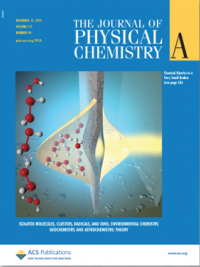This paper reports observations of shock compressed, unreacted hydrogen peroxide at pressures up to the von Neumann pressure for a steady detonation wave, using ultrafast laser-driven shock wave methods.
Journal Covers
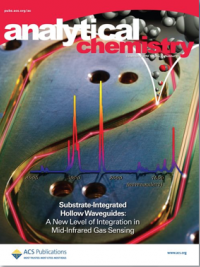
A new generation of hollow waveguide (HWG) gas cells of unprecedented compact dimensions facilitating low sample volumes suitable for broad- and narrow-band mid-infrared (MIR; 2.5–20 μm) sensing applications is reported: the substrate-integrated hollow waveguide (iHWG).
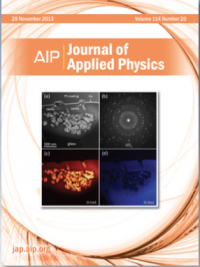
We report a study of materials recovered from a uranium-containing plasma generated by an electric arc.
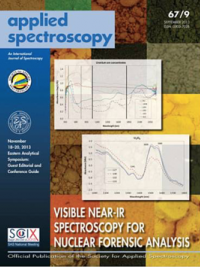
We report the application of near-infrared (NIR) spectroscopy as a non-contact, non-destructive method to rapidly analyze uranium ore concentrate materials for species and/or process information.
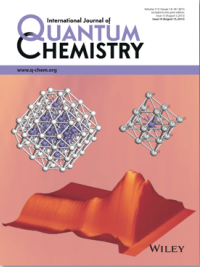
Calculations of the electronic structure of clusters of plutonium have been performed, within the framework of the relativistic discrete‐variational method.
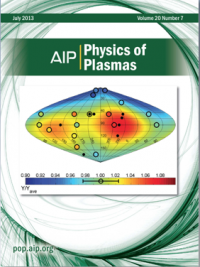
The National Ignition Facility (NIF) at Lawrence Livermore National Laboratory includes a precision laser system now capable of delivering 1.8 MJ at 500 TW of 0.35-μm light to a target.
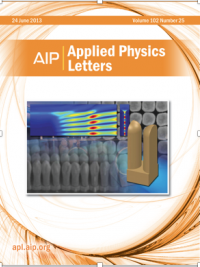
We investigate a plasmonic resonant structure tunable from ultra-violet to near infrared wavelengths with maximum absorbance strength over 95% due to a highly efficient coupling with incident light.

We present results of prebiotic organic synthesis in shock compressed mixtures of simple ices from quantum molecular dynamics (MD) simulations extended to close to equilibrium time scales.
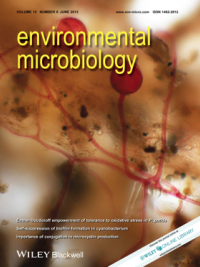
Arbuscular mycorrhizal fungi (AMF) perform an important ecosystem service by improving plant nutrient capture from soil, yet little is known about how AMF influence soil microbial communities during nutrient uptake. We tested whether an AMF modifies the soil microbial community and nitrogen cycling during litter decomposition.
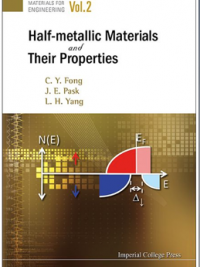
This volume provides a detailed treatment of half-metallic materials and their properties from both an experimental and theoretical point of view.


